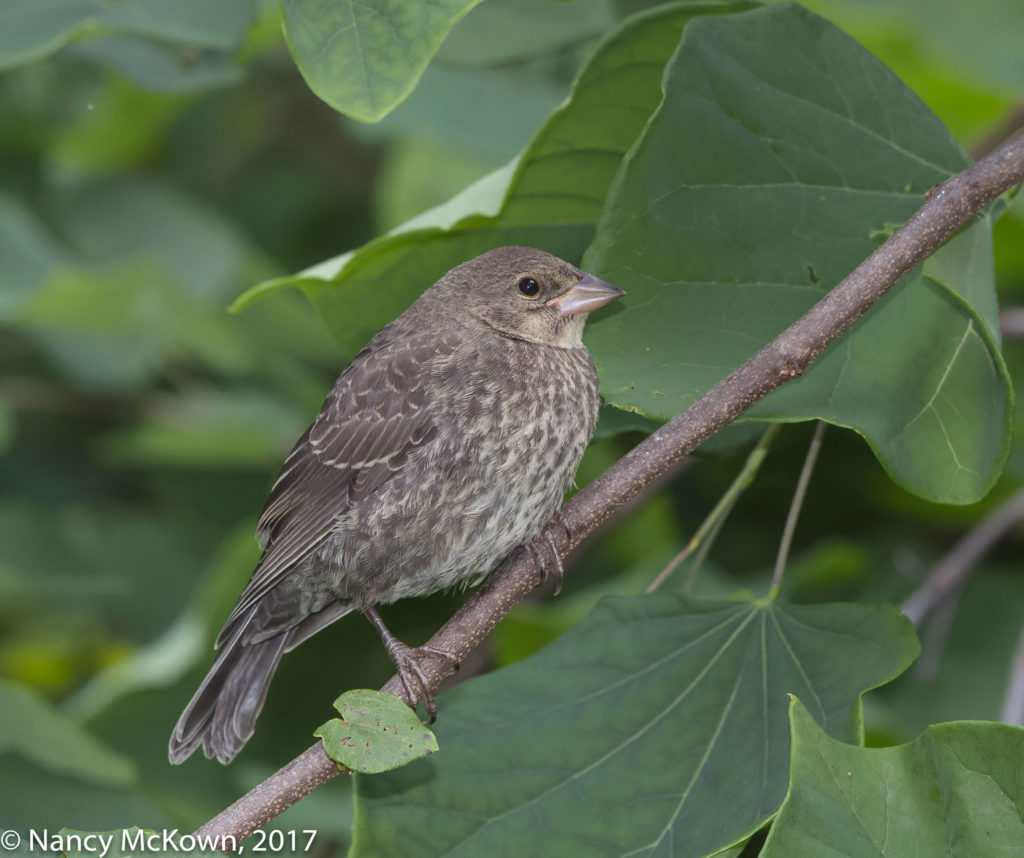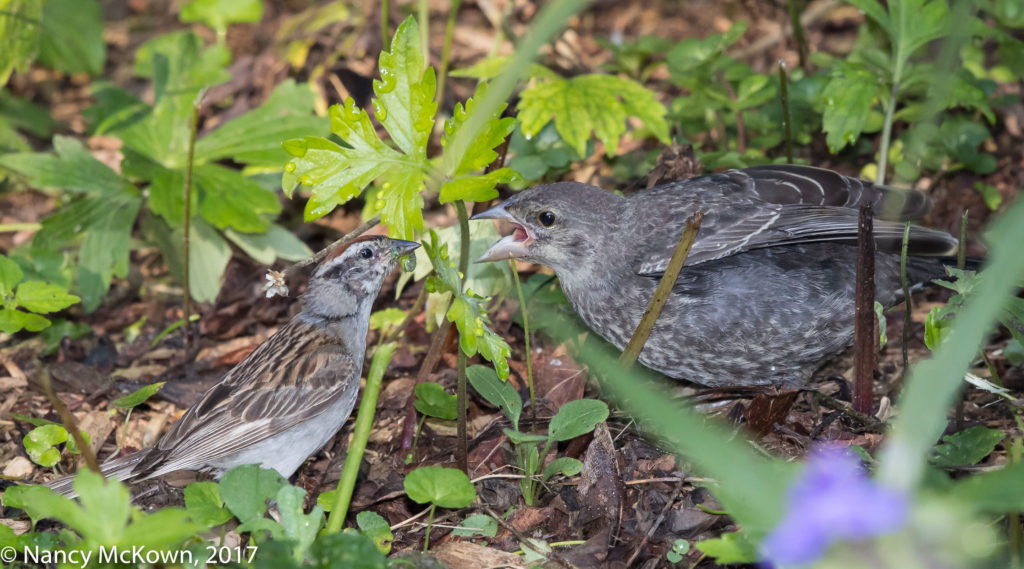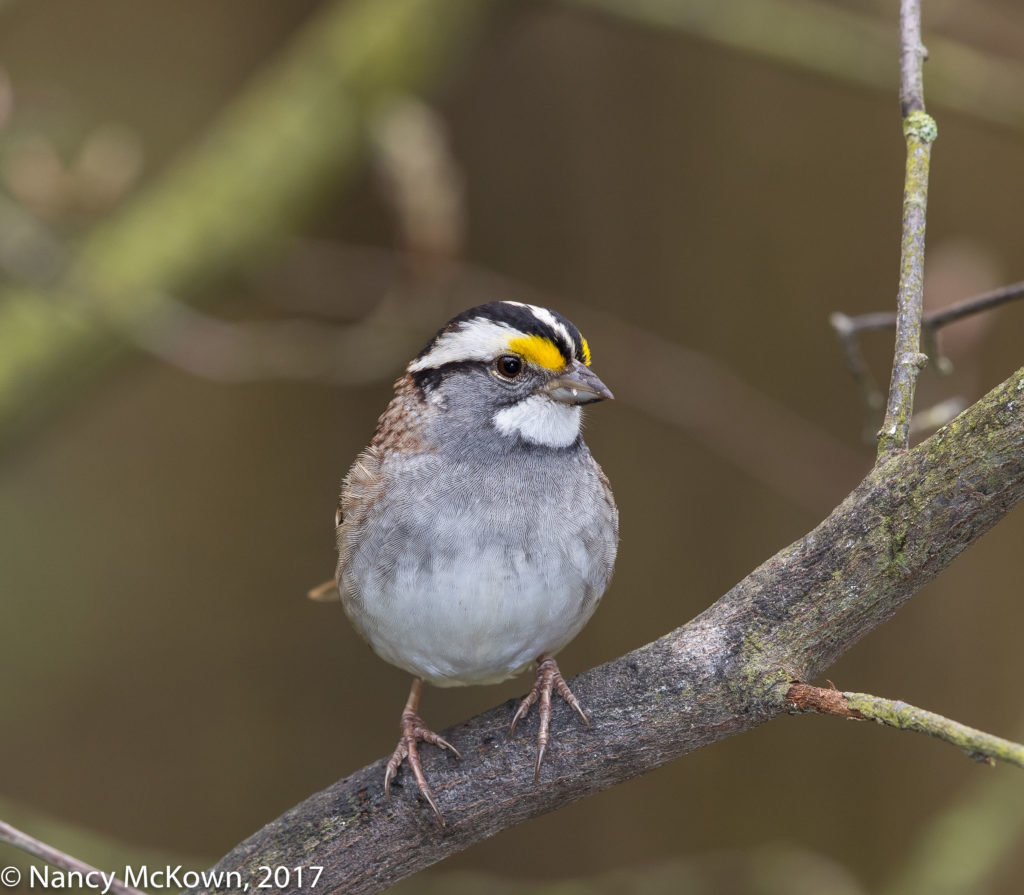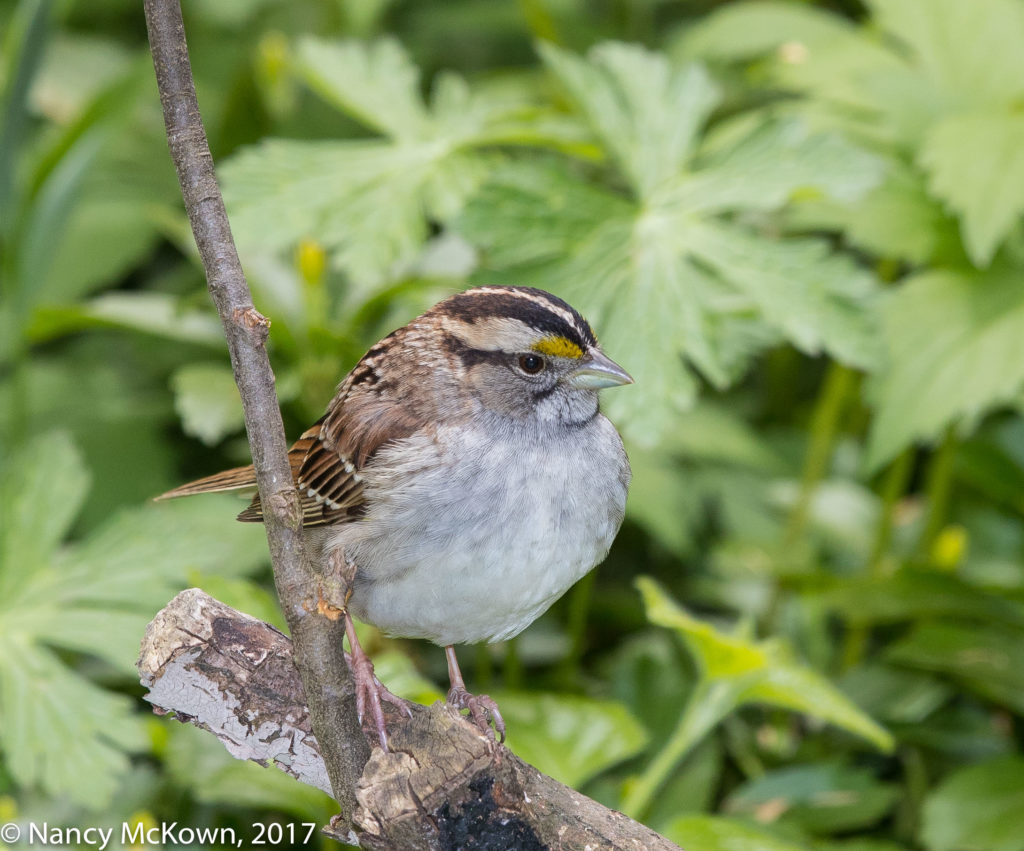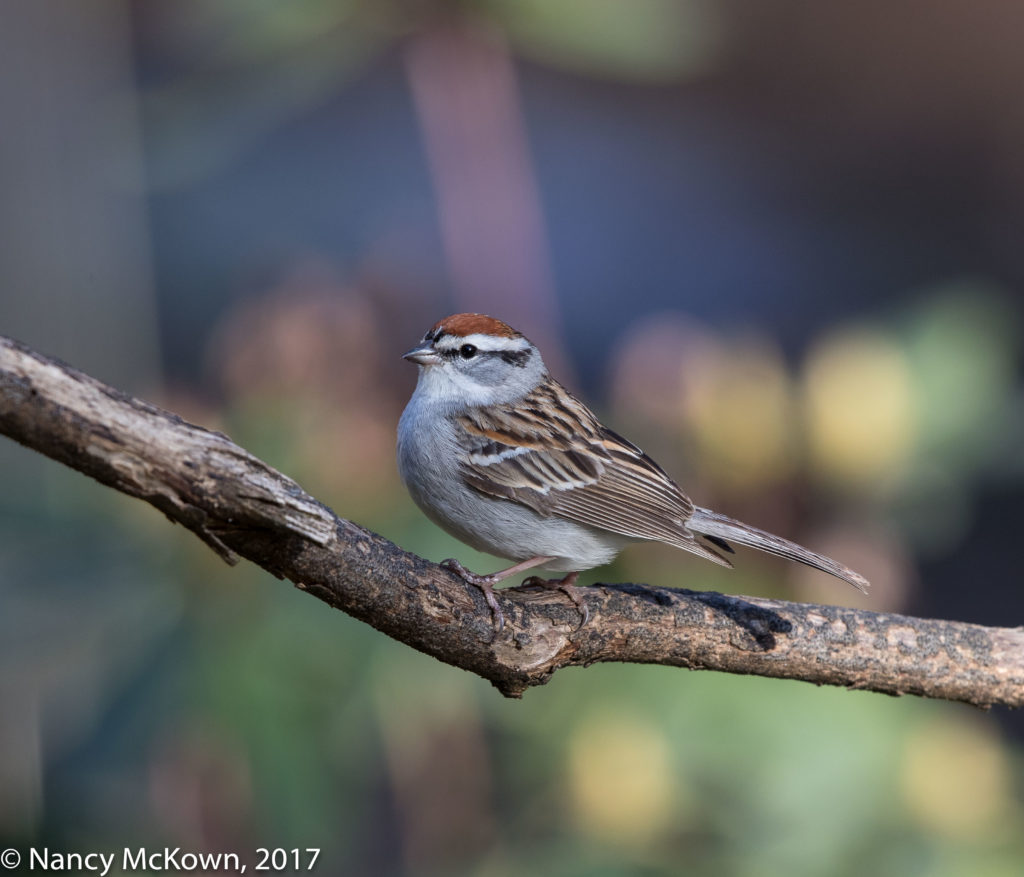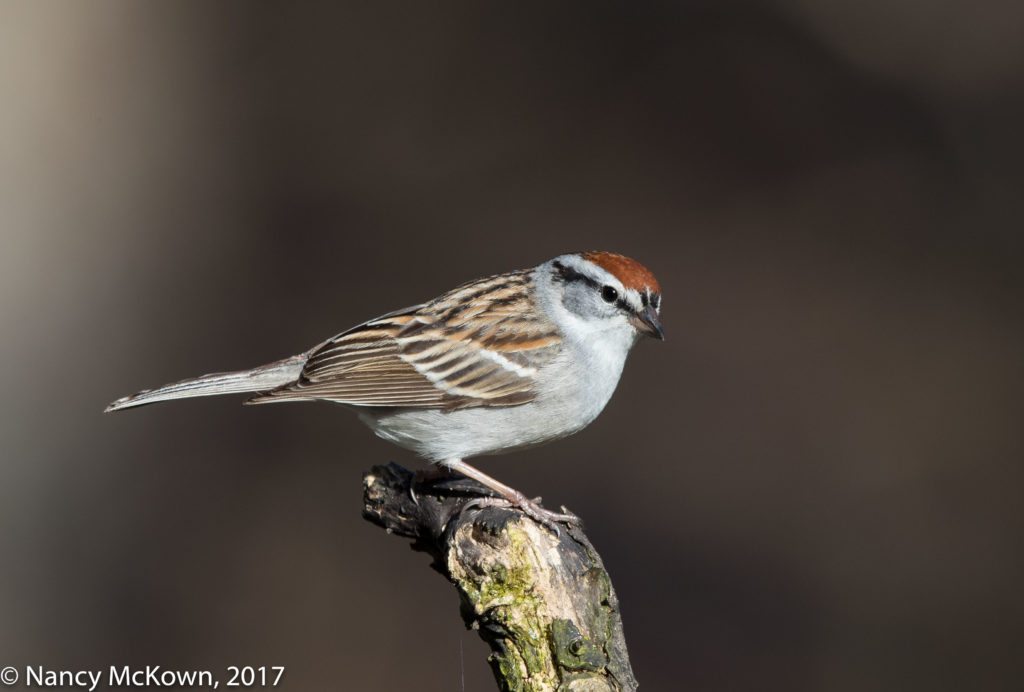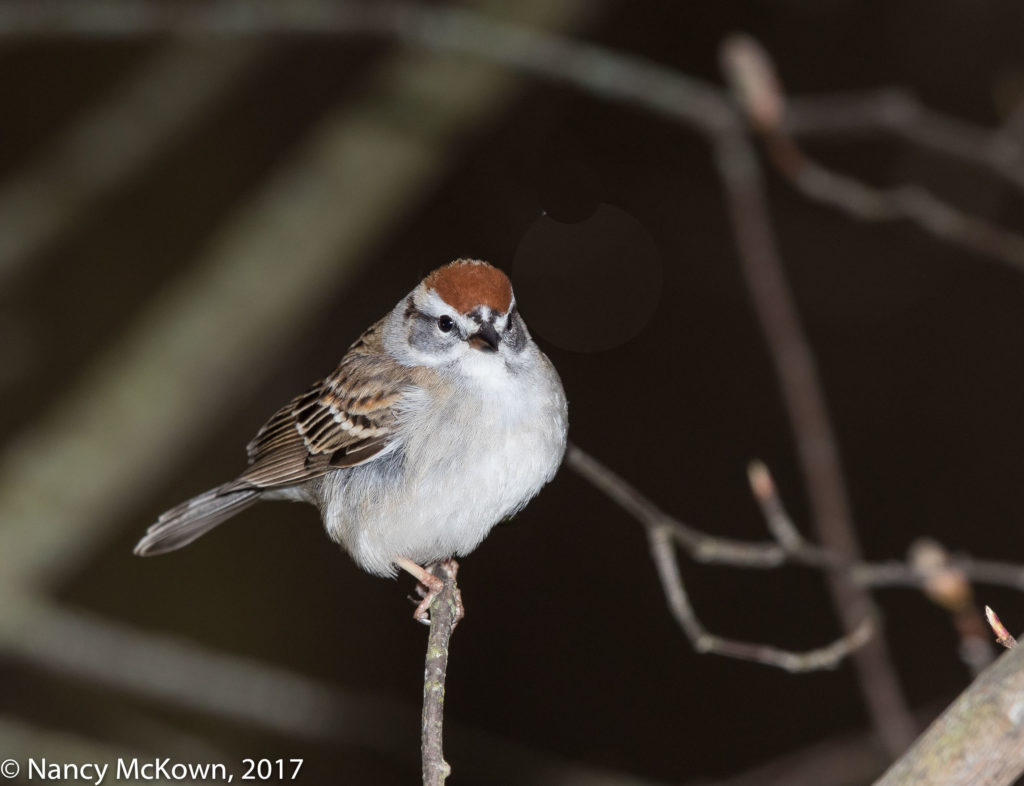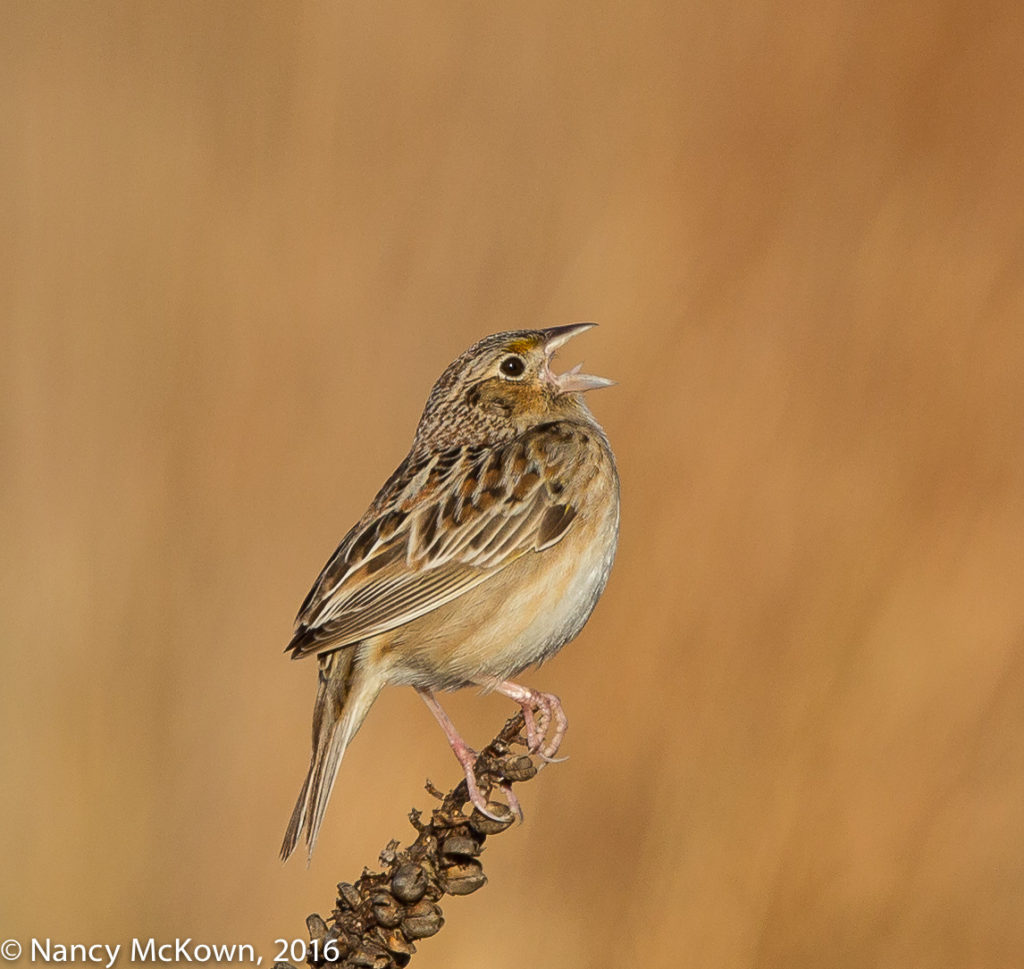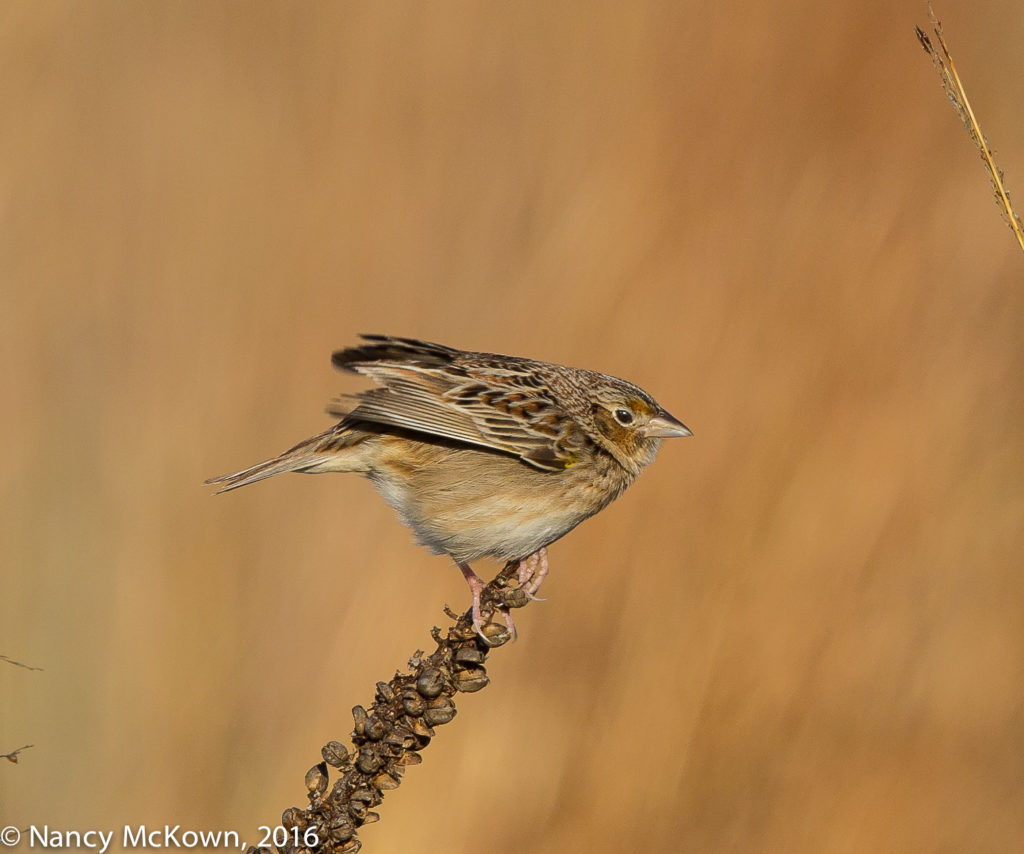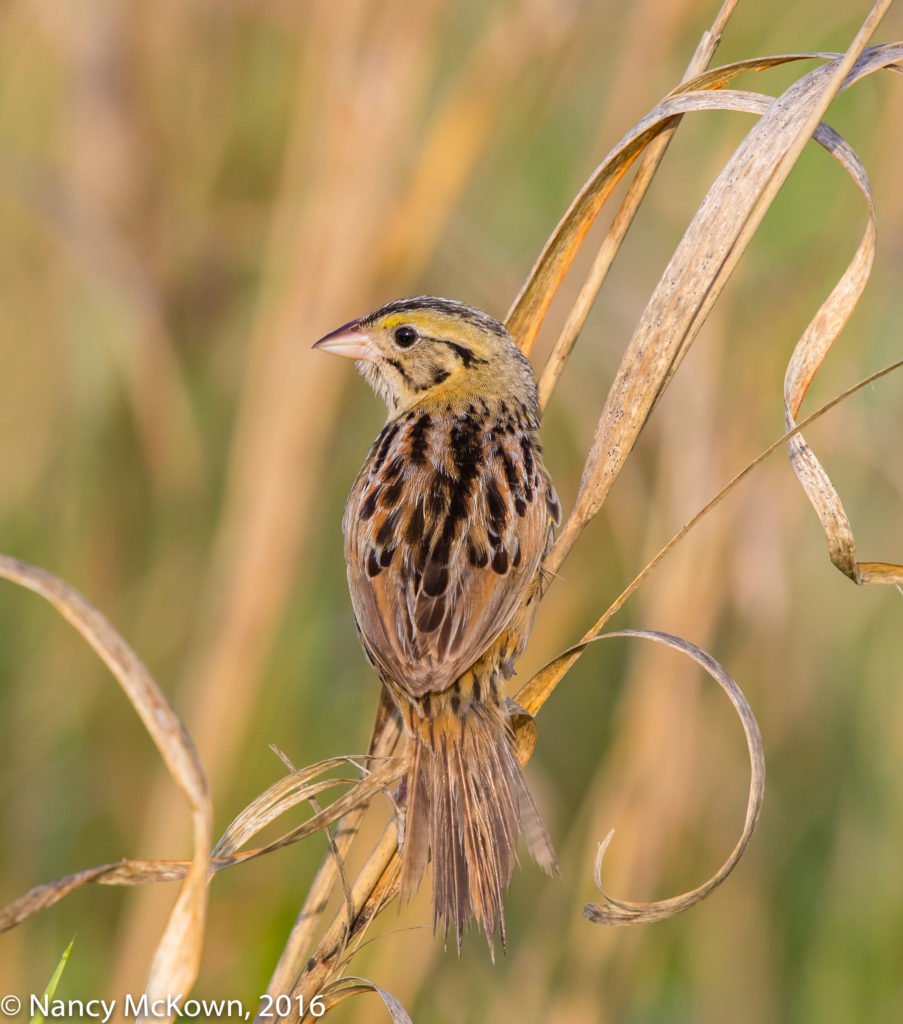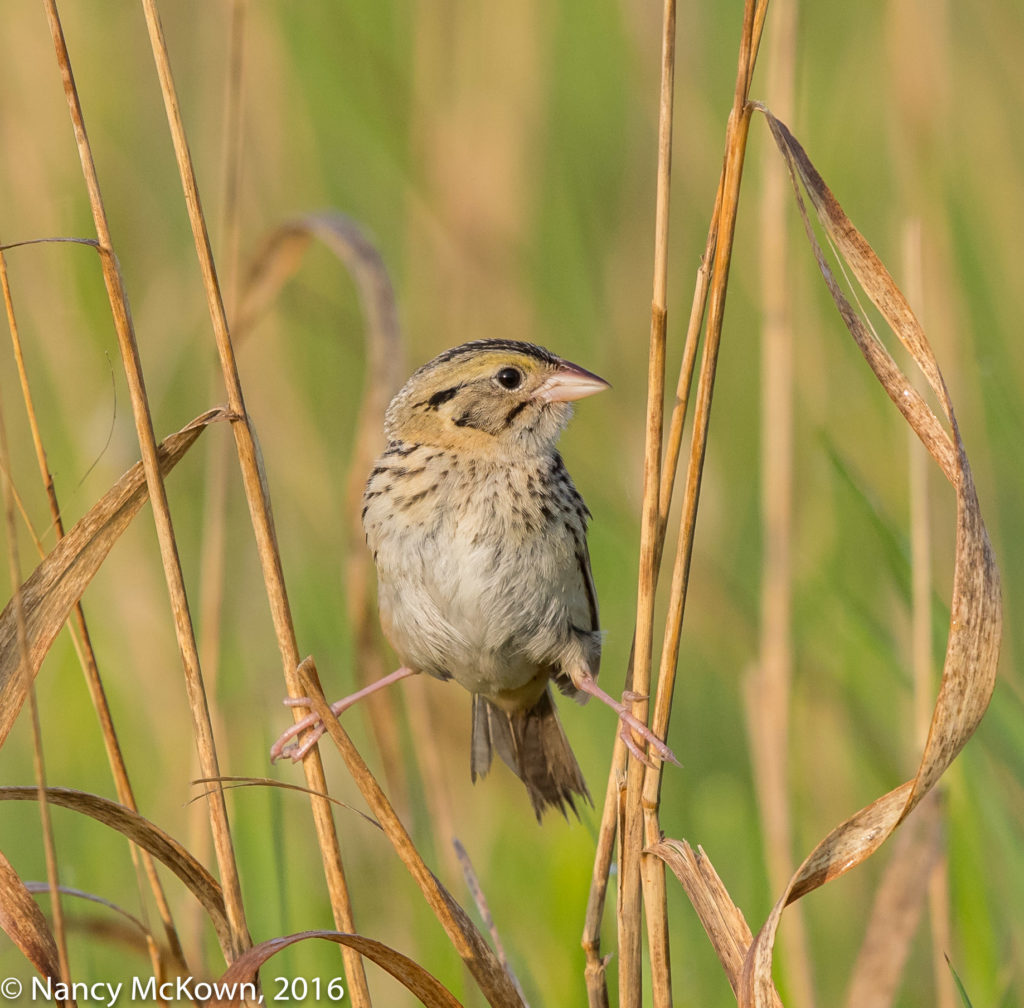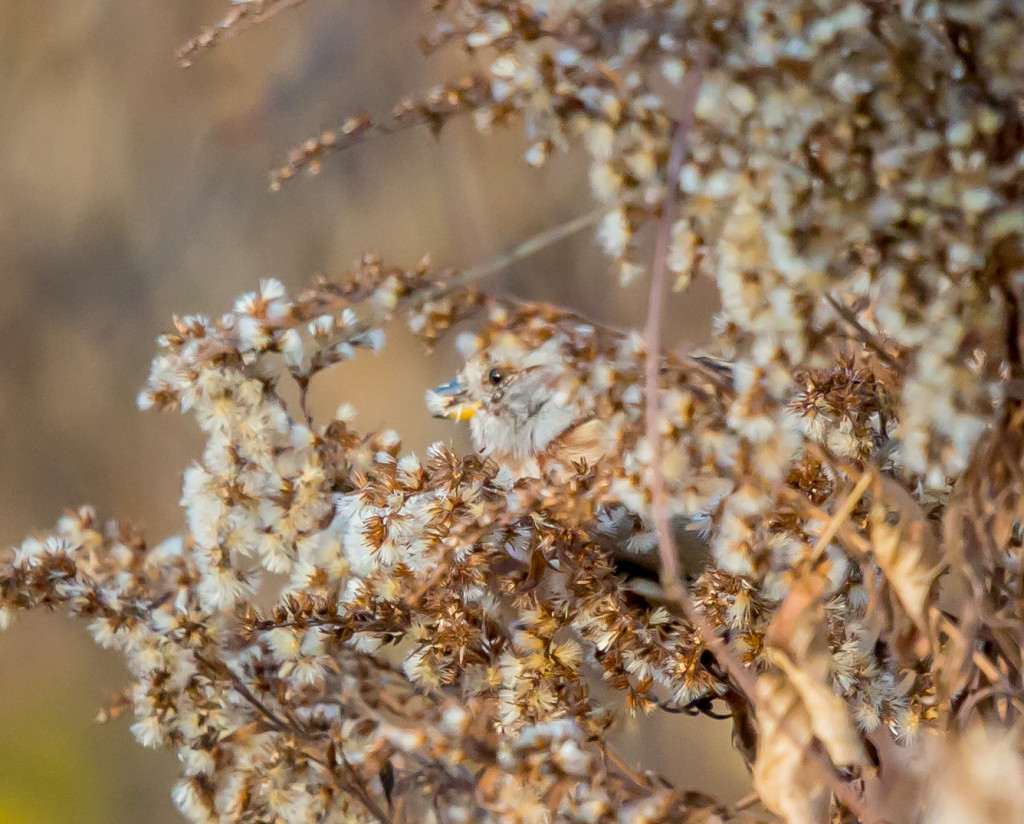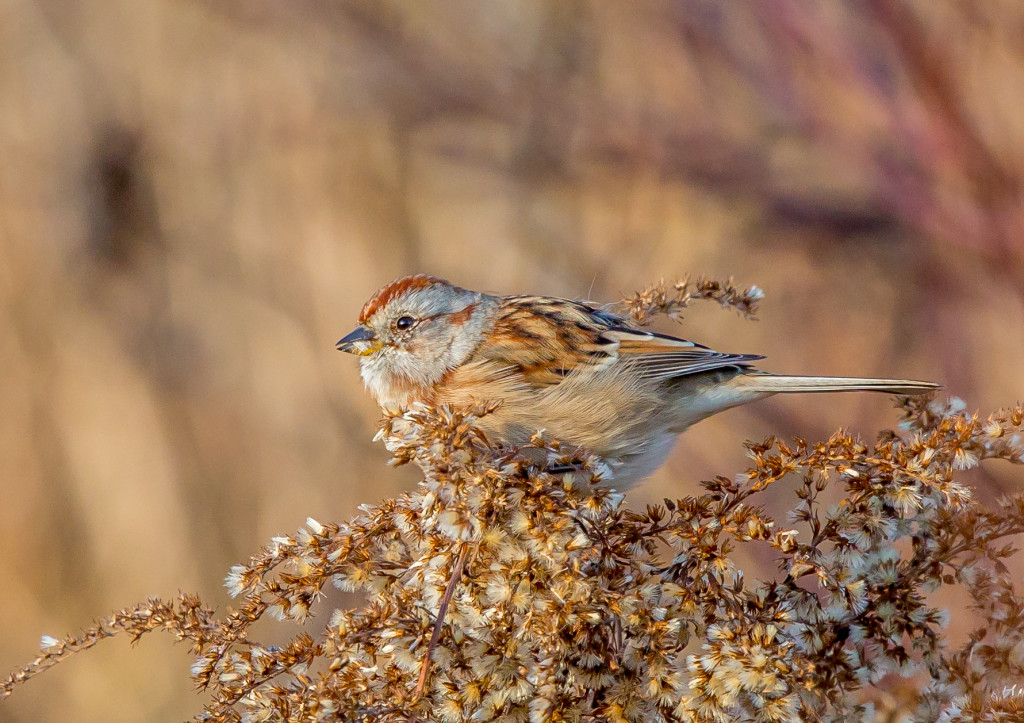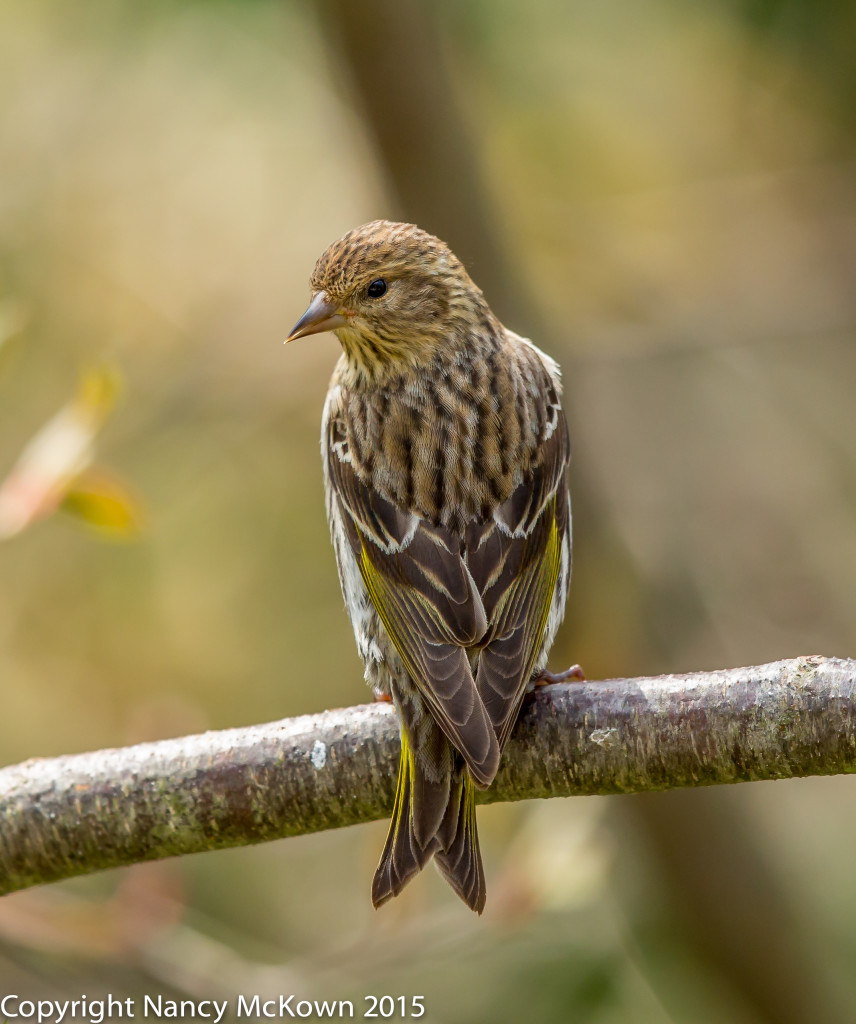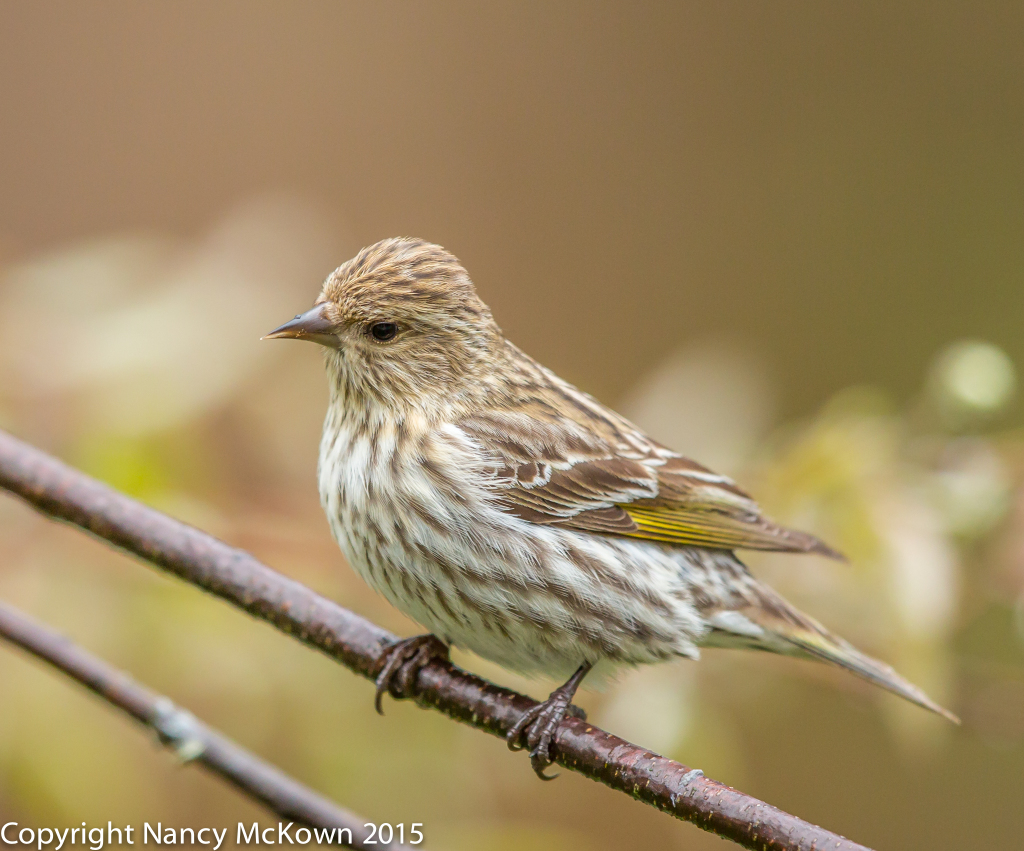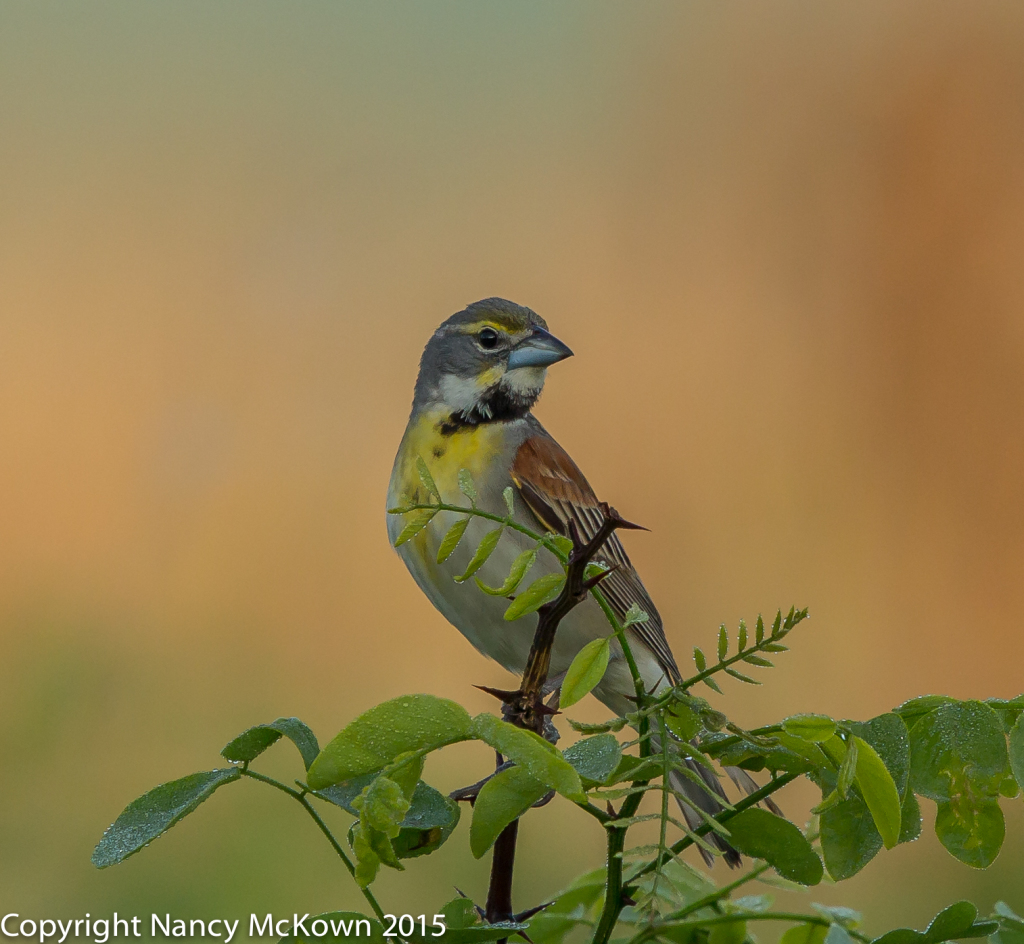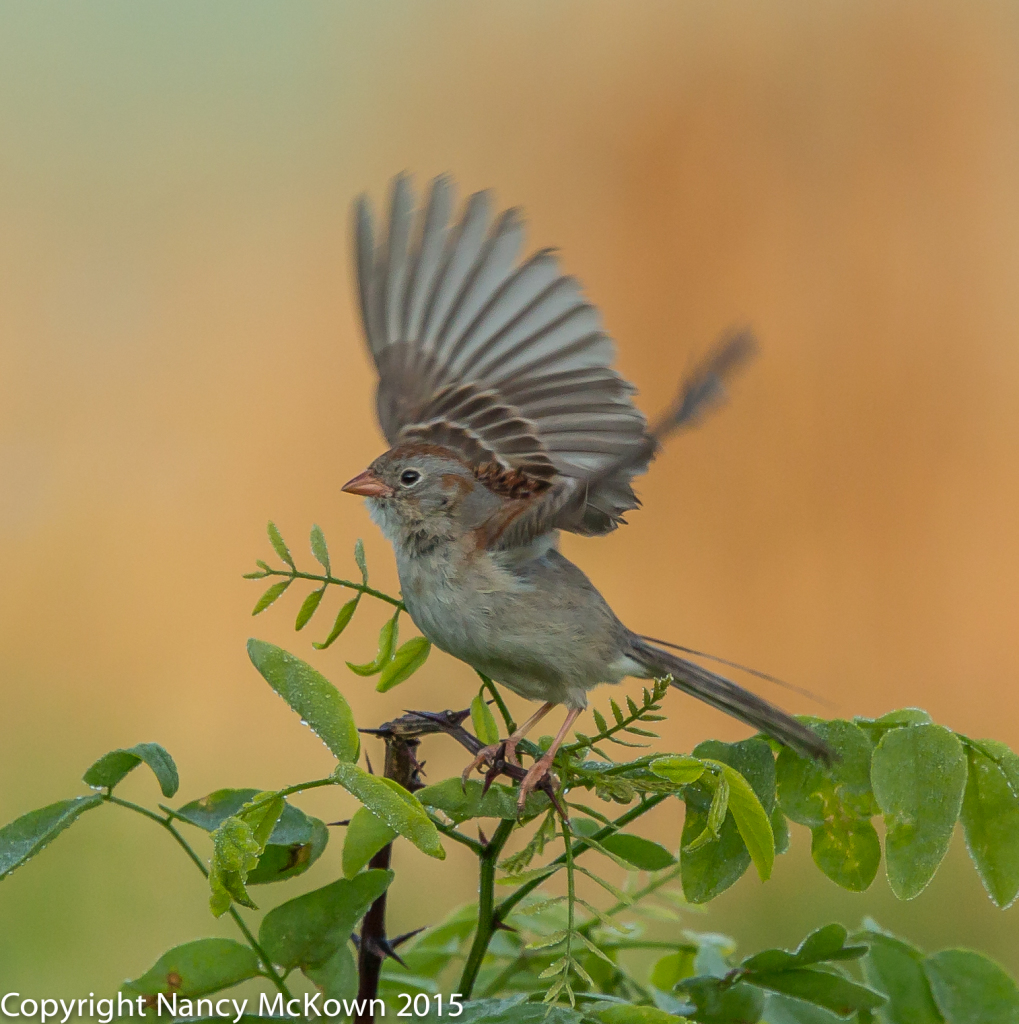Photographing a Pair of Fox Sparrows
It’s been a long gray winter and I feel long overdue for a revival. Migrating birds are close, I think, lots of birdsong in the air, but they are staying hidden. (A few bird photographers I know believe getting skunked is a good thing….and that you should embrace the time to re-evaluate what’s working. Feelings of entitlement and overconfidence accomplish nothing good.)
I set out to walk on Lakeshore Drive almost every morning, hoping to spot a few early Spring migrators. Lake Michigan seems restless this time of year… always pulsing, in turmoil, and galvanized by southerly winds. So far, Robins, Song Sparrows, Towhees, Northern Flickers, Pine Siskins, Hermit Thrushes, Red Winged Blackbirds, Brown Thrashers, House Wrens, Red Headed Woodpeckers, Cowbirds, and Brown Creepers have appeared.
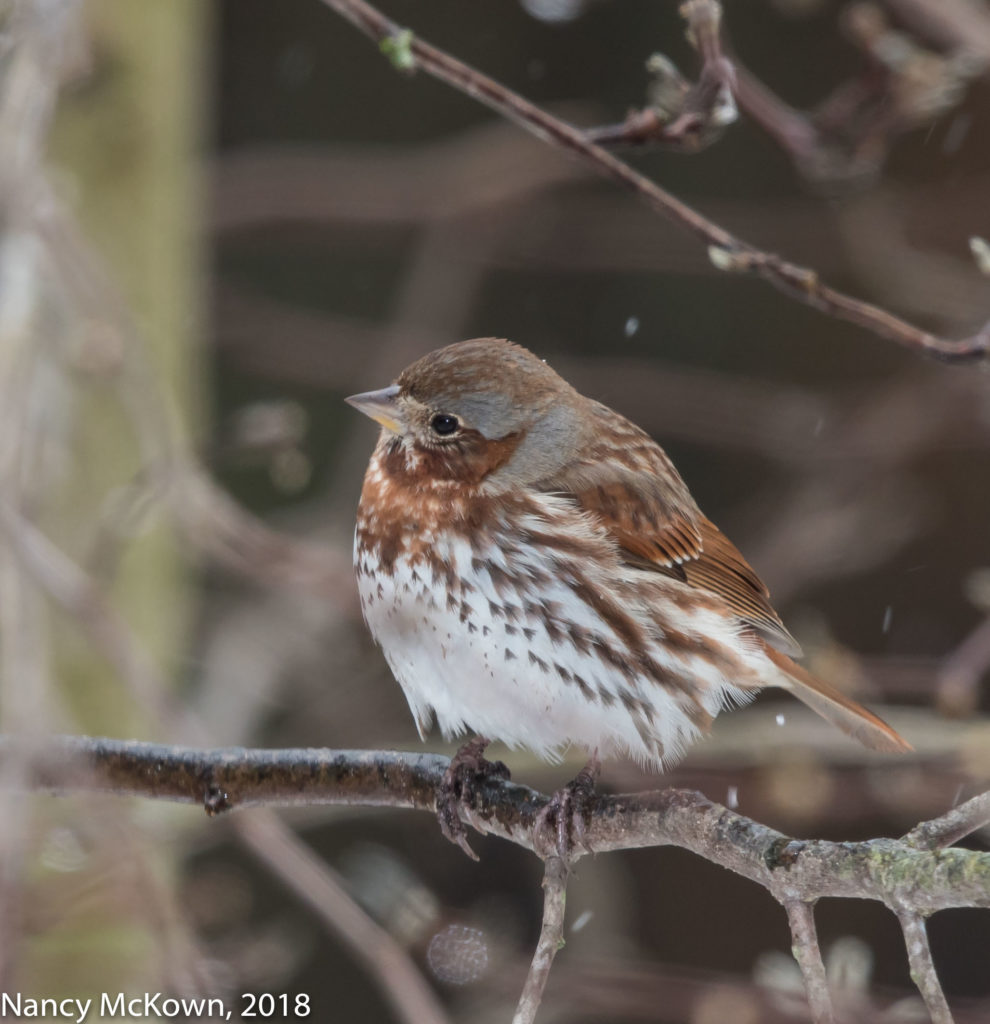
ISO400; f/9; 1/250 Second- with Flash
A New Sparrow
The Fox Sparrow is a new migrating bird for me. A quick web search indicates that there are four distinctively different subspecies of this sparrow, with plumage ranging from gray brown to chestnut red. (Red Fox, Sooty Fox, Slate Colored Fox, Thick Billed Fox). This chunky Red Fox Sparrow spent most of his time foraging on the ground near the feeders. After taking a dozen or so shots with the lens pointing down, I patiently waited until he flew up to one of the understory tree branches. This proved to be a much more attractive angle at which to photograph him. I discarded all of the ground photos.
Bird ID
Observing seasonal luster, behavioral and habitat clues can all lead to an accurate ID of a new bird. That said, I am always surprised at the capacity for variation (individual, age, seasonal and geographical) within a species. The more I look, the more it becomes obvious that no two individuals are identical. Of course there is a “normal” range of variation within a species, but there is also a point where the extent of those differences make me wonder if I am looking at a totally different bird species.
When it comes to bird ID, you can’t allow your perceptions to match your hopes. Bird images from a good camera give me the time I need to examine details – to study characteristics of plumage, size, age, sex and shape. I can also gauge how the light, (whether it be ambient and/or flash) impacted the the image. (NOTE: Fill flash helped to make these images pop, adding detail and clarity so the main subject could stand out from its rather cluttered background.
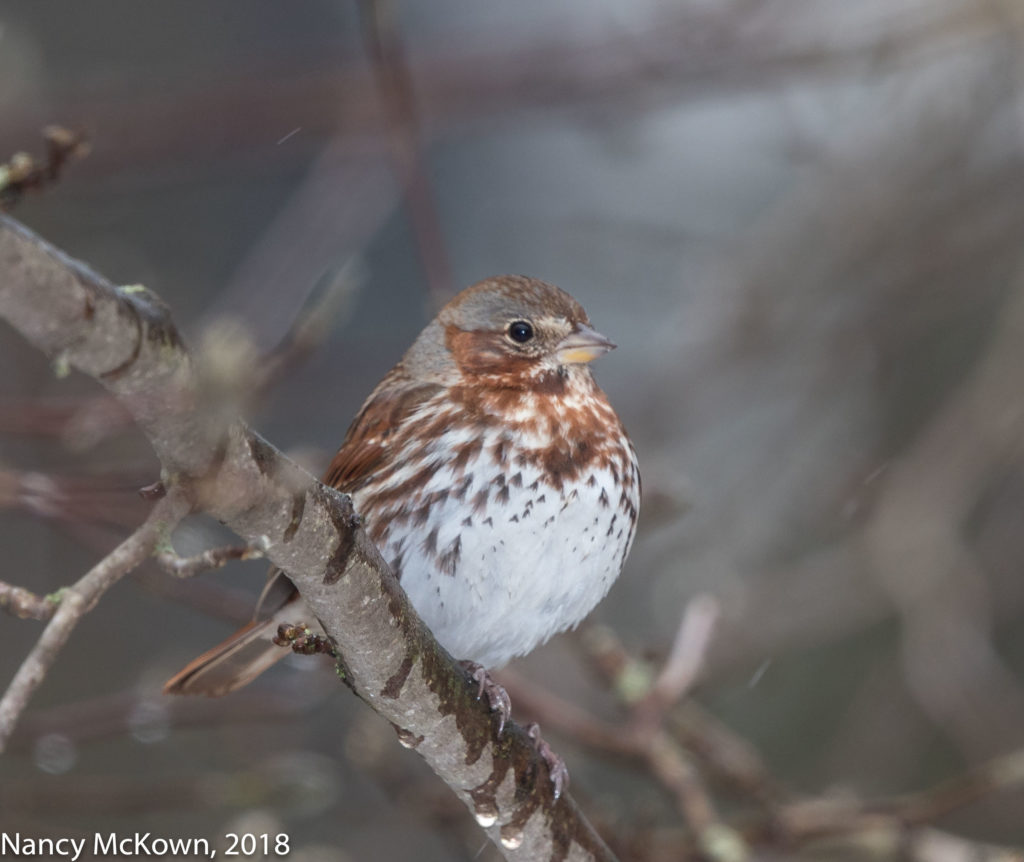
ISO400; f/9; 1/250 Second- with Flash
Hoping for Spring Warblers
As always, this Spring I’m hoping to see and photograph lots of warblers. Perhaps even a windfall of extreme vagrants blown way off course due to wind, weather, inexperience or some other aeronautical misstep. (Not likely for these masters of way-finding.) It’s not too early to plan and prepare. A visit to Magee Marsh is on the calendar as well as a guided Kirtland Warbler tour in Grayling. Mostly I’ll wait (and hope) for them to come down from their migratory flyways in my own back yard.
